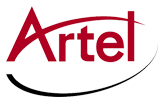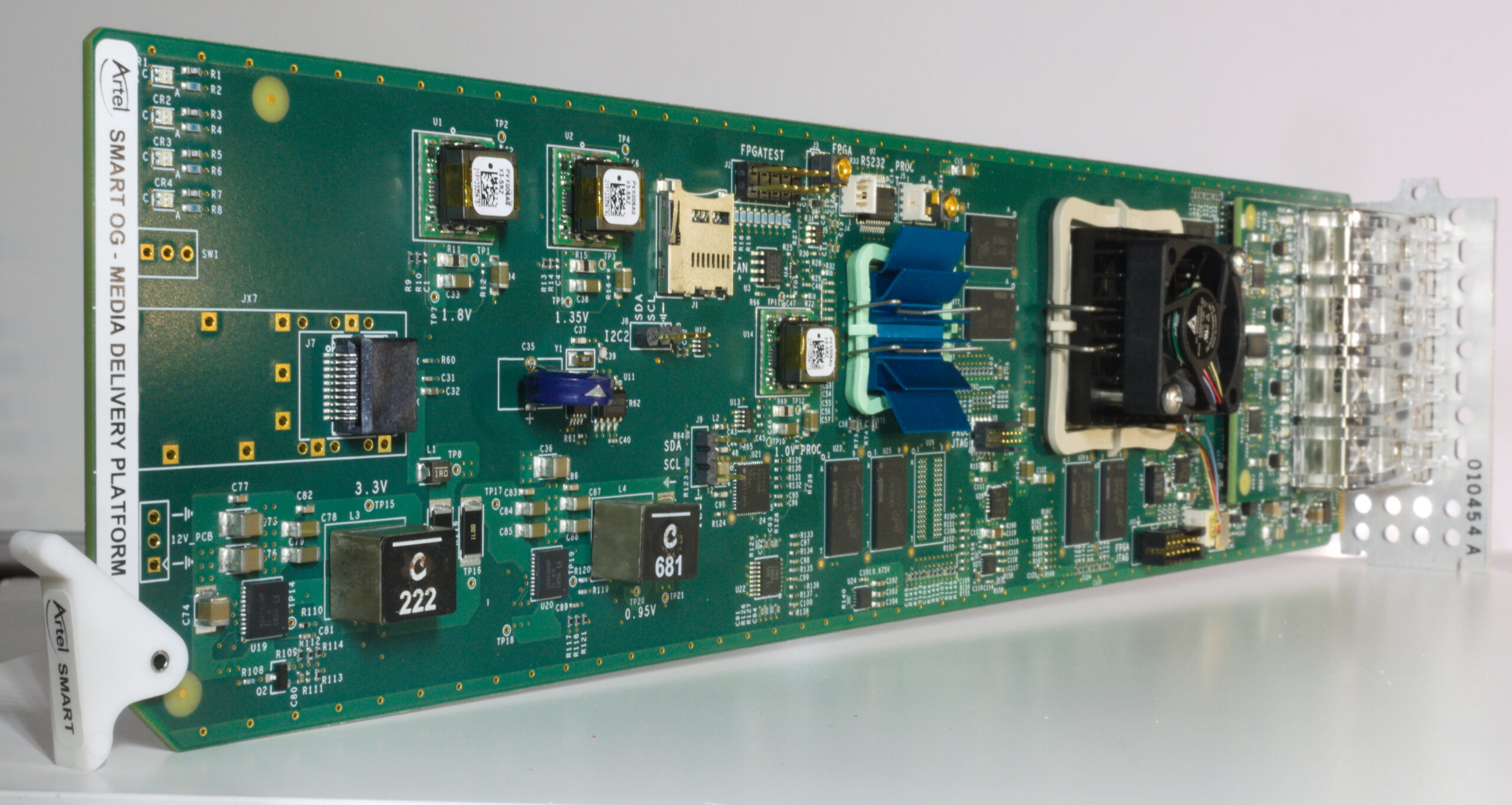In a busy broadcast operation, video and data signals are flowing around the facility at a feverish pace. Accommodating those different types of signals can be cumbersome and pricy.
Most IP gateways in the market “onboard” either video or data into an IP network, but not both. Because of that, facilities are forced to use an additional transport link to accommodate both types of signals or they have to add an external aggregation switch in order to combine general-purpose data and video into a single transport link.
In many instances, there aren’t additional transport links available, or if they are available, engineers end up having to take over a link that would be better used for something else. Inserting an external aggregation switch costs more and adds complexity into the solution because it’s just another network element that has to be purchased and managed.
Problems like this call for a robust architecture, requiring much more flexibility from the IP gateways. That’s the impetus behind Artel’s SMART Media Delivery Platform, which is available for both the Artel DigiLink/InfinityLink and openGear chassis.
The SMART platform’s architecture is unique in that it integrates a video gateway and a six-port IP switch in the same module. Initially, these ports were intended to transport general data from one point to another. But as the module gets deployed in more facilities, we’ve discovered that broadcast network engineers are coming up with ever more creative ways to take advantage of this architecture in the context of a video-over-IP gateway application.
Bridging video-over-IP traffic and data is one tangible example.
In this scenario, engineers use the SDI video ports to onboard SDI video into an IP network while using four general-purpose IP data ports to support general network operations, such as:
• Monitoring and controlling equipment and applications in remote sites
• Extending an audio over IP network, like Dante audio, to remote locations
• Extending the corporate network to remote locations
• General file- and data-transfer applications
Some engineers also use the IP data ports to extend control and monitoring of remote DigiLink/Infinity chassis by connecting the chassis’ local management port into the SMART data ports — thereby creating a hybrid in-band/out-of-band management scheme for the remote chassis.
By providing general data ports into what is typically known as a video module and aggregating them together, SMART extends general data along with video over a single transport link. This translates to more cost-effective signal transport, fewer network elements to manage, and the flexibility to get creative when solving problems and supporting remote facilities. We can’t wait to see what our users do next!

